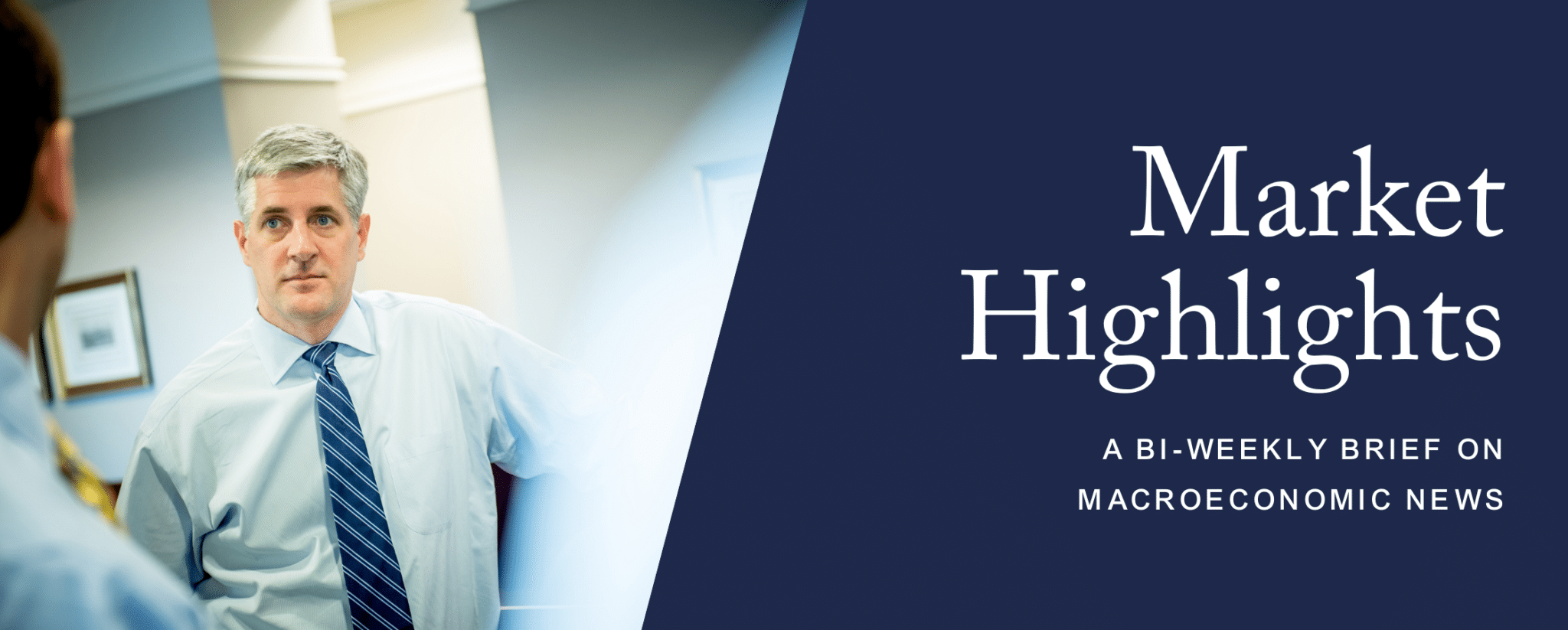
February 28, 2022
Russia’s invasion of Ukraine has displaced Covid as the top of mind concern for investors, which is similar in its attendant human suffering, fear, and supply chain disruptions. Russia’s invasion is likely a stagflationary event (lower global growth expectations at the same time as additional inflationary pressures) whose severity increases the longer it lasts – especially if it escalates. The most direct impact for Americans will be felt at the gas pump and on the bread aisle.
Fortunately, the U.S. economy is gathering momentum as the Omicron variant recedes: jobs and wages are growing, travel/leisure is recovering, retail sales are strong, housing is strong, autos are rebounding, capital spending is accelerating, and the rig count is rising. Unfortunately, inflation remains a big problem with wages, rents, and commodities all headed higher – the key will be the Federal Reserve’s (“Fed”) reaction function. Given this new geopolitical development, it seems unlikely that the Fed will want to act in a way that further disrupts capital markets right now, despite the obvious need to fight inflation. We expect the Fed will move slowly/cautiously as it initiates a tightening cycle due to the uncertainties related to Ukraine/Covid.
The market is likely to remain volatile and on the defensive until these geopolitical tensions ease and evidence emerges that inflation is moderating – as such we recommend focusing on high quality, secular growth stocks, where our clients are concentrated. Recession risk for now remains low, but is rising. We still expect growth in the economy and corporate profits in 2022 and S&P 500 EPS estimates have moved higher. Valuations are now more reasonable and investor sentiment has turned more bearish.
We will continue to monitor risks, including: further escalation of the Ukraine conflict and any attack on a NATO country; China moving on Taiwan; and spiking commodity prices and/or aggressive Fed tightening that throws the economy into recession.